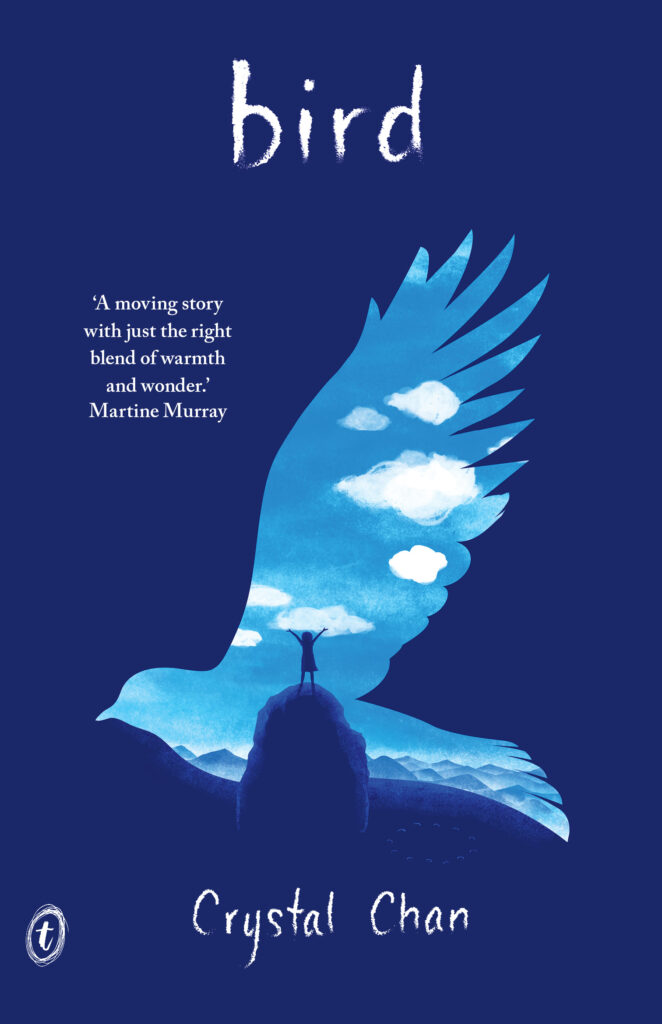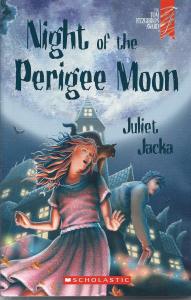Son M (text) and Robin Yao (illustrator), Thief of the Heights, HarperCollins Publishers, October 2024, 240 pp., RRP $24.99 (pbk), ISBN 9780063067325
In the dystopian vertical city of Muqadas, three lifelong friends, Mustafa, Basem and Aarfah of the lowest level spend their time trawling the scrap yard, seeking to salvage useful items they can use in their inventions. They dream that their engineering will allow them and their families to one day ascend to a better life on the higher levels, away from the disease-infested Lake Saha, which causes the Habar infection that leads to loss of limb and life. They are used to the suffering; Aarfah has lost her legs, Mustafa’s father is gravely ill and now Mustafa has growing numbness in his hand…but they are determined to not only improve their own lives but use their good fortune to change the system for all those in the lower levels, who never even see the sky.
When their prosthetics receive the attention of an ambassador from above, they discover that perhaps it is not as simple as they imagined. Should they take advantage of the resources and comfort of the upper tiers with the goal of one day helping those below, or are they making a greater difference helping their community at the grass roots level?
This graphic novel features diverse, interesting characters, with queer and disabled representation meaningfully woven into the story. The setting has North African and Islamic cultural elements that are beautifully portrayed through the thoughtful imagery of Muqadas and the language employed. The theme of political and social inequality is highlighted through the narrative detailing the challenges faced by the young friends, as well as a broader plot of revolution. While the personal struggles of the friends and their ethical decisions regarding their ascension to higher tiers are effectively conveyed, the depiction of the concurrent revolution seems rushed. The concept of a key that could grant access to the higher levels was introduced in a confusing manner and only mentioned sporadically. Consequently, the final scenes lacked impact due to insufficient development throughout the story. On several occasions, I found myself re-reading pages to ensure I had not missed any references to the revolution, as the background relationships between secondary characters were given considerably less attention, resulting in some confusion.
The story draws the reader in from the first page and moves along at pace. The illustrations bring Muqadas and its various levels to life, with great use of colour to convey the desperation and despair of those living alongside Lake Saha, contrasted with the privilege of those living above, particularly at the highest level, where good health and clear skies are taken for granted. Given the popularity of graphic novels and the combination of easy-to-read text with an interesting and age appropriate story this publication will draw a wide readership among those aged thirteen and older.
Reviewed by Kay Oddone





